Commercialization of 5G in Vietnam: Development opportunities and investment challenges
- 65
- Digital
- 11:26 19/10/2024
DNHN - 5G services in Vietnam are entering the commercialization phase, but telecom operators face significant challenges regarding investment costs and profitability.
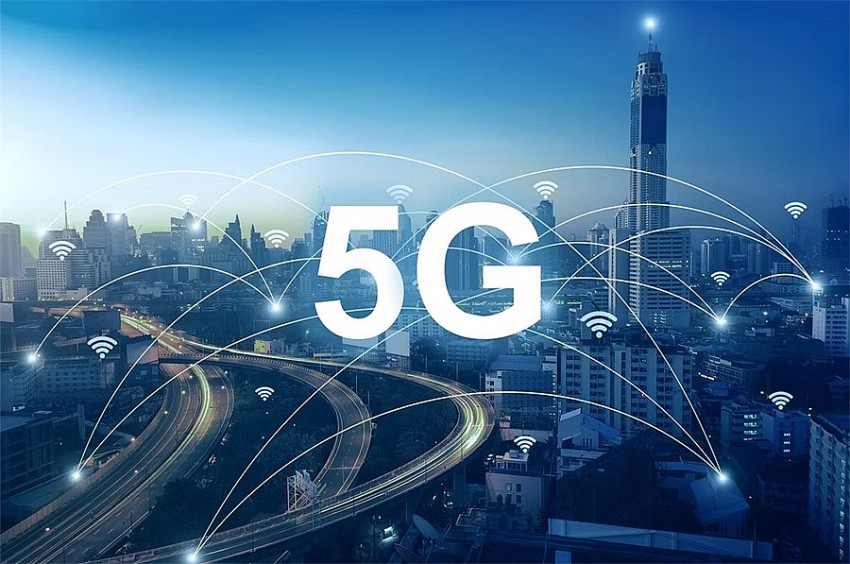
Joining the global trend of widespread 5G deployment, Vietnam officially entered the game with the launch of Viettel's 5G network on October 15.
This marked a critical step in the official commercialization of 5G services. Back in 2019, Viettel Telecom was also the first network provider in Vietnam to successfully test a 5G NSA (Non-Standalone Access) call. The group has since developed 5G chips and 5G Open RAN (Radio Access Network) base stations that meet national standards. Beyond securing the rights to the "golden band" B1 (2500-2600 MHz), Viettel remains the largest mobile network in Vietnam, holding 56.5% of the market share in 2023. It aims to provide 5G services nationwide and plans to cover all 63 provinces and cities within October.
VNPT VinaPhone, holding the C2 band (3700-3800 MHz), started offering free 5G trials to users in areas with 5G coverage from October 13. After receiving official licensing, VNPT has been deploying infrastructure and installing VinaPhone 5G base stations across the country. Currently, many provinces and cities already have VinaPhone 5G coverage. By the end of 2024, VNPT plans to complete the installation of over 3,000 5G base stations, ensuring strong, stable, and continuous coverage, especially in urban and key economic centers nationwide. Meanwhile, MobiFone, which owns the C3 band (3800-3900 MHz), is set to allow customers to trial 5G services starting in November. To enhance 5G rollout efficiency, MobiFone is also collaborating with other carriers to share infrastructure.
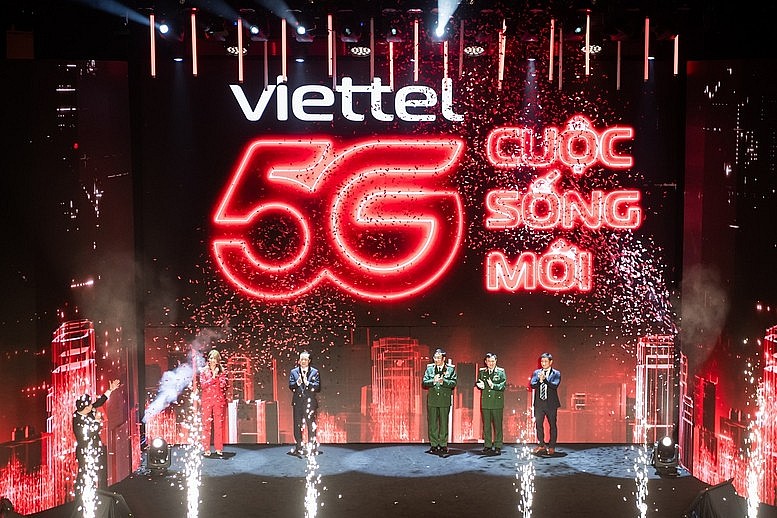
Viettel's official 5G launch on October 15 marked a milestone, yet it is notable that all three major carriers have been testing 5G since 2020 without full commercialization. It wasn’t until March of this year that Viettel and VNPT completed 5G spectrum auctions, with MobiFone following in July.
Globally, 5G technology has been widely adopted for some time. Therefore, the Ministry of Information and Communications (MIC) has set high standards for Vietnam's digital infrastructure to align with this global trend. These include requirements for high capacity, broad bandwidth, as well as universal, sustainable, eco-friendly, smart, open, and secure infrastructure. This will facilitate the nationwide 5G rollout, thereby accelerating national digital transformation and promoting the growth of the digital economy and society.
According to the roadmap set by the MIC, by 2025, 5G mobile services will be available in 100% of provinces and cities, high-tech zones, information technology hubs, research and innovation centers, industrial zones, train stations, seaports, and international airports. The minimum 5G speed is set to be 100Mbps. Mr. Le Van Tuan, Director of the Department of Radio Frequency (MIC), emphasized: "The time is ripe for 5G deployment. Vietnamese carriers have been testing 5G for several years, and all major networks are ready for commercialization in 2024."
According to mobile chip developer Qualcomm, 3G brought mobile data, and 4G opened up the era of mobile broadband. 5G, a unified wireless interface, enables greater connectivity and scalability for user experiences, new deployment models, and the provision of new services.
Qualcomm estimates that 5G will generate $13.1 trillion in economic value and create over 22.8 million jobs globally by 2035, impacting sectors such as manufacturing, healthcare, and education.
In the Asia-Pacific region, 5G is expected to contribute approximately $113 billion in economic value by 2030. Specifically in Vietnam, the Information and Communications Strategy Institute projects that 5G could contribute around 7.34% to GDP growth by 2025.
However, realizing these economic benefits requires significant investments from network providers. The higher the frequency band, the more base stations are needed, driving up infrastructure investment costs. Conversely, while lower frequency bands save on infrastructure, their auction prices are often prohibitively high. For instance, Viettel spent over VND 7,500 billion to acquire the 2500-2600 MHz band, three times what VNPT paid for the 3700-3800 MHz band.
The Vietnam Digital Communications Association (VDCA) has pointed out that carriers face difficulties in optimizing 5G spectrum auction costs and infrastructure investments while still providing competitively priced and attractive services.
Besides initial investment costs, 5G commercialization also encounters challenges from consumers. Many users still have older devices that only support 3G or 4G, requiring them to upgrade their equipment to access 5G. This may affect the public's readiness to adopt the new technology.
Additionally, much of the current infrastructure used by enterprises relies on older technology. To adopt 5G, these businesses will need to upgrade their systems, incurring significant costs and potentially slowing the deployment process.
Regarding 5G content services, current offerings mainly include 4K, 8K videos, and live streaming, while applications like AR and VR remain limited, presenting challenges in the transition from 4G to 5G.
According to Mr. To Dung Thai, Chairman of VNPT's Board of Members, the biggest issue for carriers in rolling out 5G lies in developing an effective business model rather than spectrum or infrastructure. While 5G deployment requires substantial investment, the crucial question remains whether there will be revenue and profits—not just for VNPT but for all carriers.
These challenges are not unique to Vietnamese telecom operators; global telecom companies also grapple with similar concerns. McKinsey & Company notes that when 4G launched in 2009, carriers did not see the same high returns as with previous generations. Despite investing in 4G infrastructure, revenue growth was slow or negligible, and in some regions, such as Europe and Latin America, revenue even declined after 4G was deployed.
Currently, as telecom operators worldwide prepare for 5G, they do so with a mix of hope and apprehension. They recognize that 5G opens up opportunities to tap into new applications and the development of the Internet of Things (IoT). However, they are also aware that investment in 5G infrastructure will significantly increase. Simultaneously, they must continue to upgrade 4G networks to meet growing demand. In one European country, McKinsey & Company predicts that network investment costs will rise by 60% between 2020 and 2025, nearly doubling the total expenditure during this period.
In Vietnam, telecom providers cannot delay 5G investments due to regulatory requirements that mandate 5G auction winners to deploy services within 12 months of receiving a license. In the first two years, businesses must commit to deploying at least 30% of the planned base stations and installing a minimum of 3,000 5G base stations.
Failure to meet these commitments will result in a 50% bandwidth reduction for 12 months, and if unresolved, the license will be revoked.
To access 5G, users need not only to subscribe to a data plan but also to have a device compatible with the new-generation network technology. High-end phones like the iPhone 12, Galaxy S20 Ultra, and Galaxy Z Fold2 and later models support 5G. Moreover, many mid-range and budget Android models launched over the past 2-3 years are also equipped with this connectivity.
Experts say that 5G opens up numerous development opportunities, but it also requires careful attention to avoid mistakes and misunderstandings. Specifically, sellers and businesses must accurately assess the technical infrastructure and upgrade equipment to ensure compatibility with 5G technology. Furthermore, as devices and management systems transition to 5G, companies need to build robust security solutions to protect data. Therefore, coordination with cybersecurity experts is essential to safeguard systems.
Finally, companies should study and adopt advanced technologies like AI and IoT, as these perform effectively on 5G platforms. This will not only boost production efficiency but also enhance competitiveness and innovation potential in the future.
Mai Anh
Related news
#digital technology
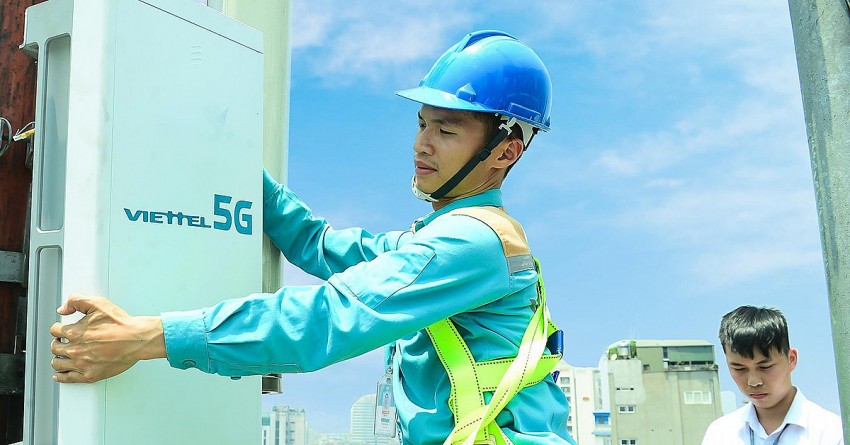
Viettel collaborated with Ericsson to promote the deployment of 5G networks
Viettel has partnered with Ericsson to jointly build a robust digital infrastructure, creating superior connectivity with 5G technology, bringing significant benefits to customers.
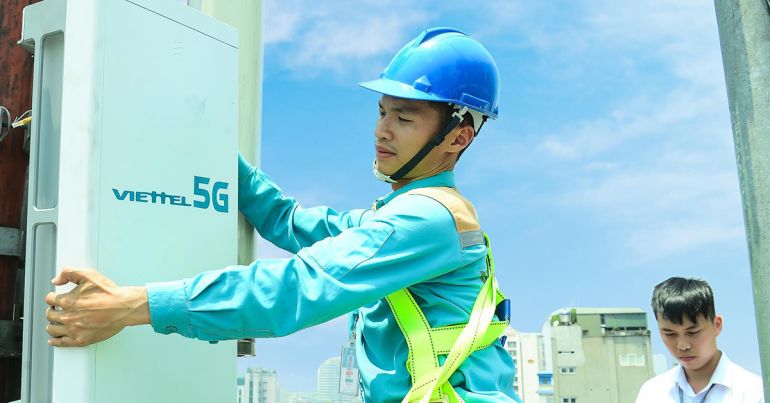
Viettel successfully deployed the first standalone 5G network in Vietnam
Viettel's deployment of a standalone 5G network promises to offer a variety of attractive services for both individual and enterprise customers.

Vietnam ranked 4th globally in mobile app downloads
This statistic highlights significant opportunities for Vietnamese app developers to learn and improve to maximize growth potential.

Vietnamese users pay special attention to security when using OTT applications
But the trend of using OTT applications among Vietnamese people also requires certain conditions, with evidence showing that not all software can succeed in the Vietnamese market.
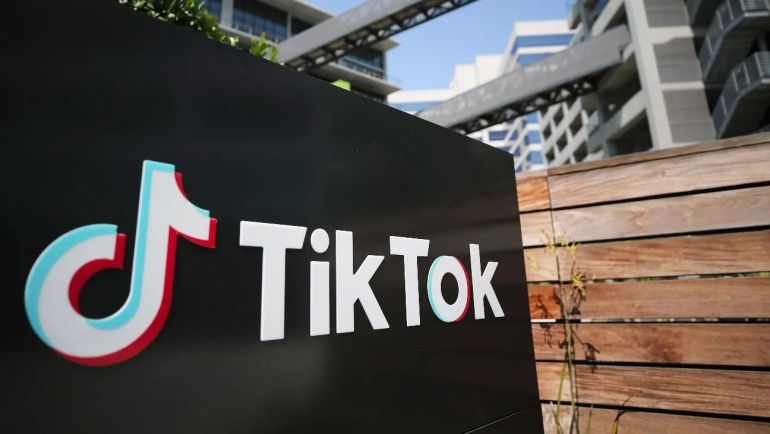
The rapid development of TikTok and regulatory questions
Despite increased regulatory scrutiny, TikTok continues to grow in popularity. Why is it essential for this platform to increase trust and transparency in the future? Two lecturers from RMIT University explain the TikTok phenomenon.
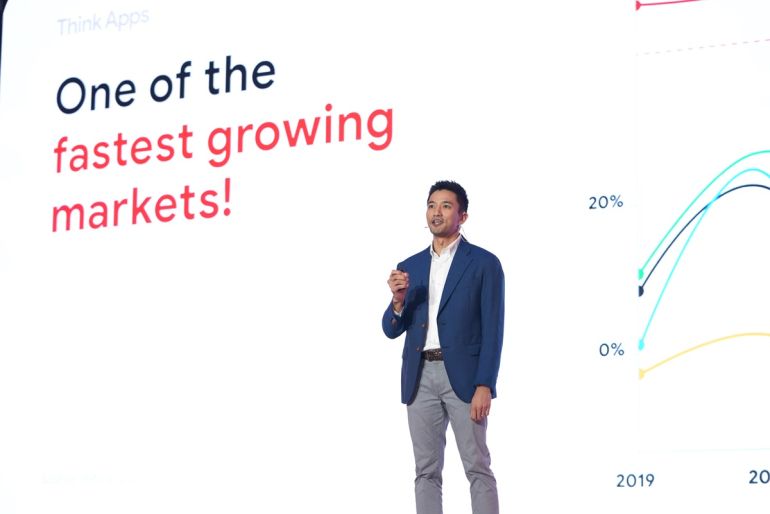
Vietnam: One of the fastest growing app markets in the world
Vietnam is recognized as one of the fastest-growing app markets globally, with download rates increasing impressively by 40% annually over the past five years, placing it in the top 5 worldwide.
Đọc thêm Digital
Cybersecurity talent & digital entrepreneurs: Vietnam racing to fill a 700,000-person workforce gap
The “Student Cybersecurity Festival & Final Round of the 2025 Vietnam Cybersecurity Student Competition” (CSCV 2025), held on November 15 in Hanoi, became a major focal point for the technology community.
"Digital technicians" must not be forgotten if Vietnam aims to meet its strategic goals
Vietnam is facing a serious shortage of skilled technical operators. Without retaining its “digital technicians,” the ambition to become an AI hub may never materialize.
Prime Minister: Vietnam aims to become a regional logistics hub
At the 2025 FIATA World Congress in Hanoi, Prime Minister Pham Minh Chinh emphasized logistics as one of Vietnam’s key growth drivers, highlighting major infrastructure investments and commitments to attract global investors.
VietLeap AI Accelerator launches: A strategic springboard for Vietnam’s AI startups
The program is expected to select 10 to 15 high-growth potential AI startups with clear funding needs.
Vietnam advances cybersecurity law to boost digital sovereignty and business resilience
In a significant step towards strengthening Vietnam’s digital defenses, the National Assembly Standing Committee convened on September 23 to review the draft revised Cybersecurity Law.
Vietnam embraces digital tools to modernize public administration
Across Vietnam, local governments are turning to digital platforms, QR codes, and AI-powered assistants to modernize public services—making them faster, more transparent, and more accessible to citizens.
Administrative procedures for establishing the national technology exchange reduced to one application set
Deputy Prime Minister Nguyen Hoa Binh has just signed Decision No. 2108/QD-TTg approving the plan to streamline internal administrative procedures within the state administrative system under the management of the Ministry of Science and Technology.
Government’s plan to implement Law on Digital Technology Industry approved
The Government has approved a plan to implement the Law on Digital Technology Industry (the Law) scheduled to take effect from January 1, 2026, according to a report from the Government News.
Shark Nguyễn Hòa Bình: Hanoi will become the capital of startup innovation.
Recently, in Hanoi, the seminar “Formulating City People’s Council Resolutions to Promote Science and Technology Development in Connection with the Implementation of Politburo Resolution No. 57-NQ/TW and the Capital Law No. 39/2024/QH15” was held.
Da Nang proposes semiconductor cooperation with Oregon (USA)
Leaders of Da Nang City have proposed that Oregon (USA) and the city explore cooperation opportunities in priority sectors such as semiconductor technology, logistics, and the development of Free Trade Zone (FTZ) infrastructure.











